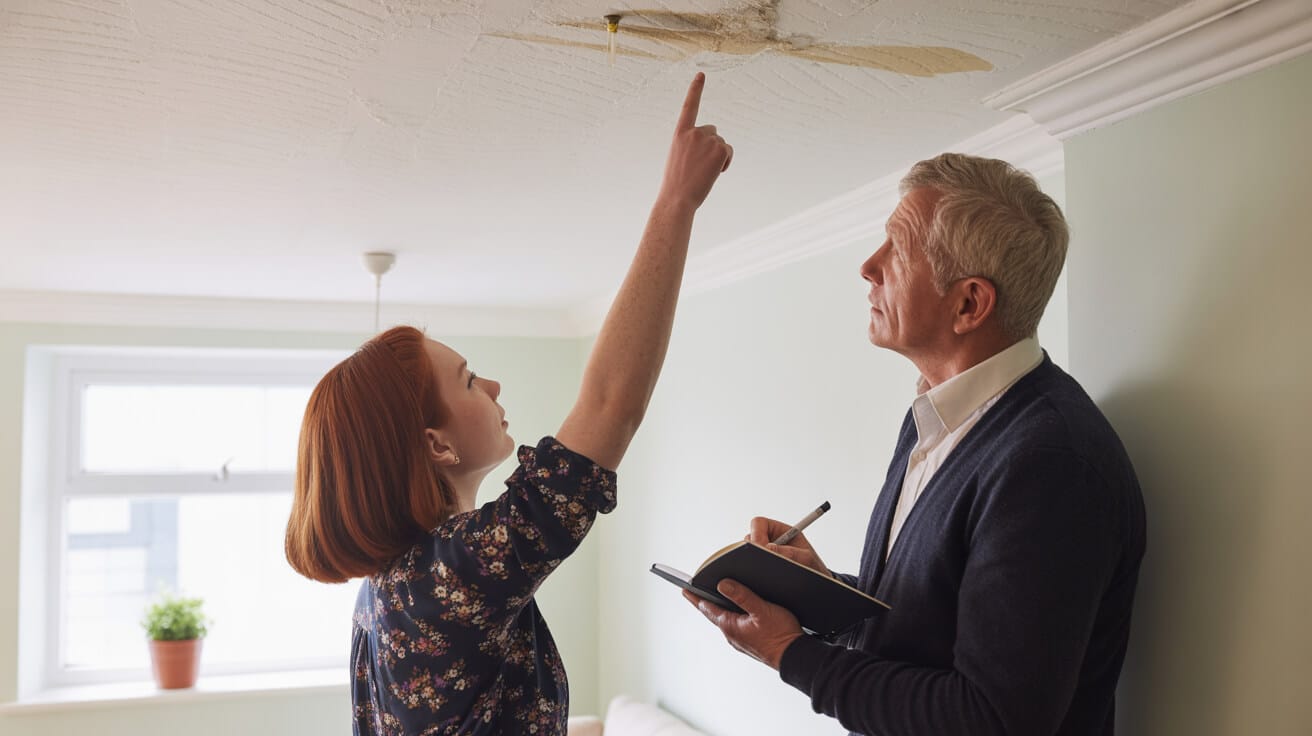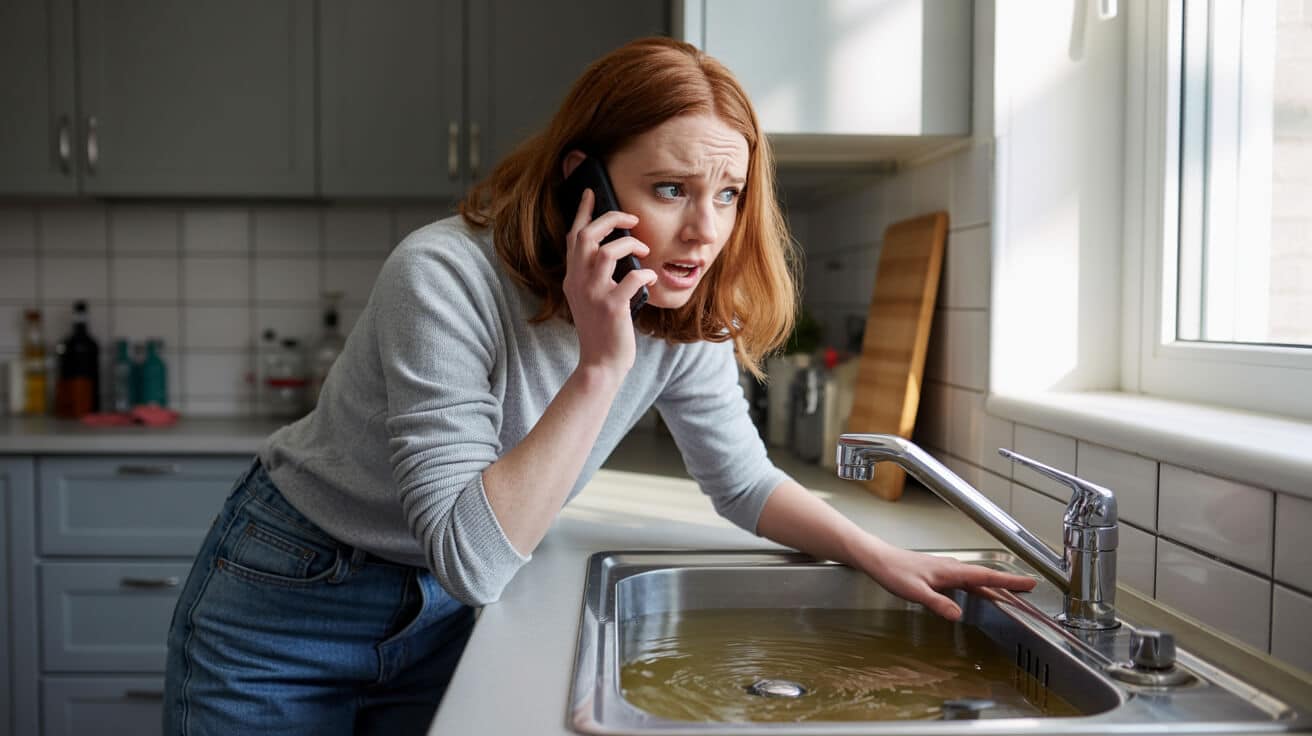 Landlord Duties Complying With Uk Water Regulations in 2025
Landlord Duties Complying With Uk Water Regulations in 2025
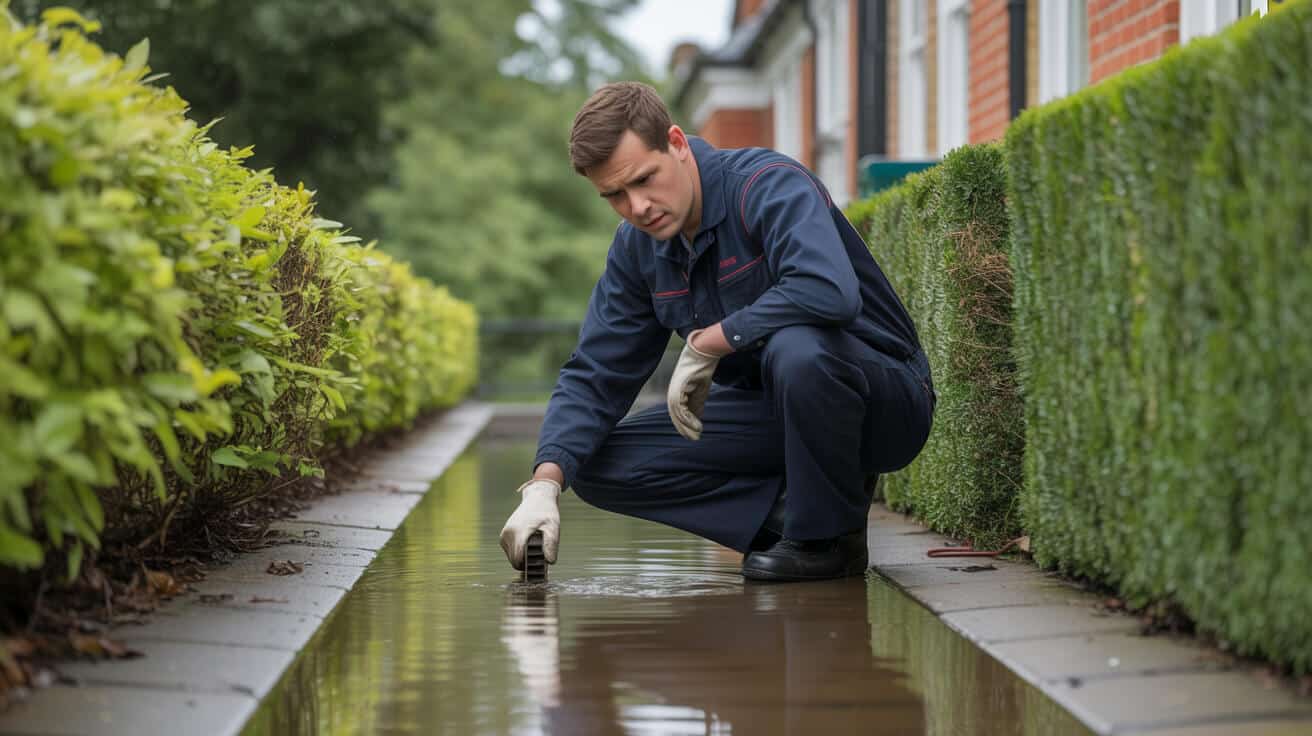
Is Water Compliance in 2025 Just Another Law—Or the Difference Between Loss and Peace of Mind?
Staying on the front foot with 2025’s water safety regulations is no longer a matter of ticking boxes and hoping for the best. For landlords, letting agents, and every property manager in the UK, water compliance is now an active shield—protecting income, insurability, and reputation with the same weight as a solid roof over your tenants’ heads. The days when a friendly relationship with a local plumber was enough are gone. Every action, from replacing a washer to commissioning a cylinder, needs traceable, regulator-proof evidence. The burden of proof sits squarely on your side: “I didn’t know” has been replaced by “Show us what you did, and when.”
Peace of mind comes when there are no hidden leaks, compliance gaps, or late-night surprises—from systems, tenants, or the council.
Trust isn’t built only on the absence of leaks—it’s earned through visible routines, transparent records, and a system that works even when you’re not watching. Regulations are a floor for safety, but in 2025, they’re also the ceiling of asset protection. For the landlord who runs property like a business, compliance is an investment—with lower disputes, faster insurance processing, and less chance you’ll end up scrambling after a health inspector’s visit. If you’ve ever faced a last-minute repair, a rent disruption, or an insurance delay due to “missing paperwork,” you already know what’s at stake.
Water laws in 2025 demand action before incident. Council checks, digital audit trails, and new strict timelines for emergency response have made the old “as and when” approach to maintenance an open liability. Whether you manage one flat or a city block, the standard is now uniform: routine, digital, and visible care for your water systems is an expectation—not an exception.
What’s Changed in 2025? New UK Water Regulations Every Landlord Must Know
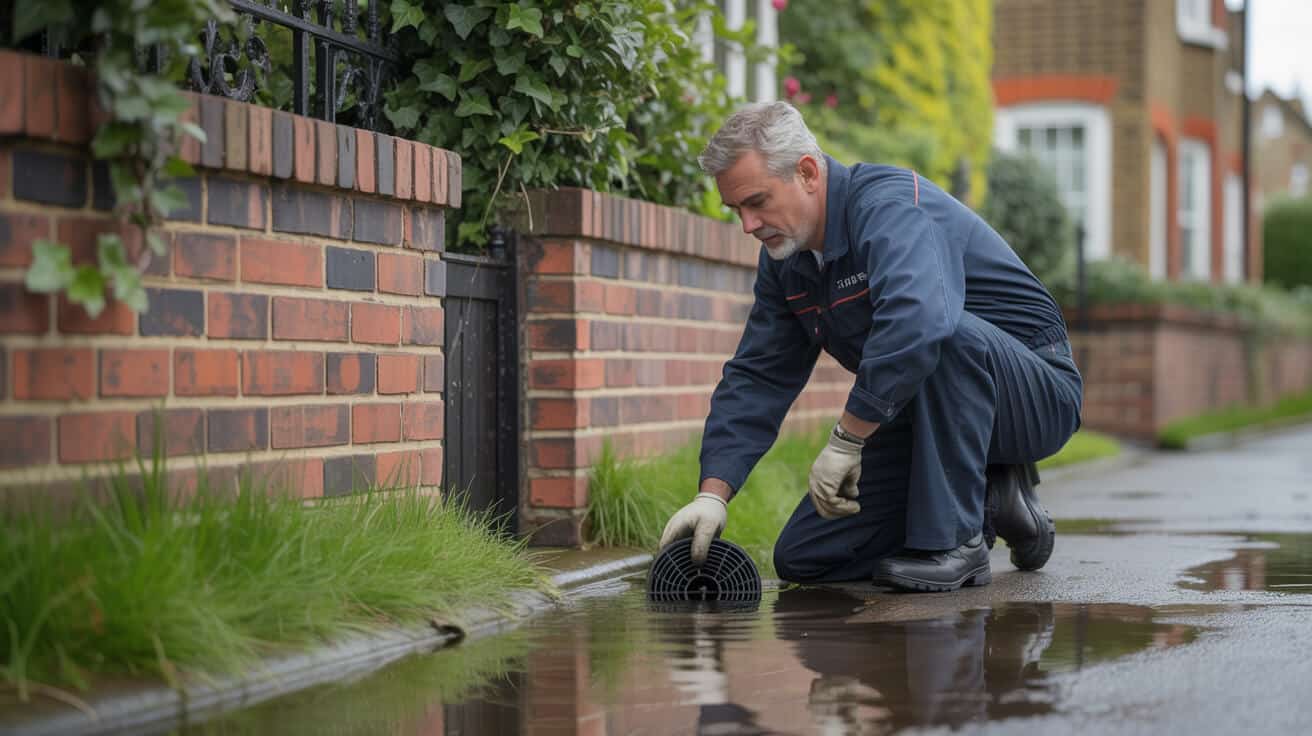
The landscape for landlords and property professionals has been fundamentally reshaped in 2025. Compliance with water safety no longer just means “fixing things when tenants complain”; it requires digital record-keeping, rapid response, and a system of accountability that can withstand audits at any time. The line between maintenance and compliance has blurred—miss a required check or fail to prove a repair, and you’re open to serious penalties.
Digital Records Are Now Non-Negotiable
Passing a council inspection or securing insurance depends on demonstrable processes, not just intent. Handwritten logbooks might scrape through, but digital records—backed by time-stamped photos, receipts, and certificates—are rapidly becoming the gold standard. Every part replaced, every service visit, every safety check needs to be verifiable.
- All repairs and services, dated and logged: —including part numbers, engineer credentials, and outcomes.
- Documentation of all WRAS- and WaterSafe-approved components.:
- Photos or videos for key isolation points and emergency shutoffs.:
Digital compliance is no longer “best practice”; it’s the new baseline. It streamlines insurance claims, proves due diligence in court, and builds a reputation with tenants for smooth, professional management.
Emergency Compliance Windows: No More Delays
Prompted by tragic stories and public pressure, legislation now mandates action. Awaab’s Law, set into enforcement from October 2025, means the “wait and see” approach is extinct. Your duty:
- Initiate repairs for leaks, mould, or water hazards within 24 hours.:
- Document evidence with date-stamped images and repair logs.:
- Provide written checklists for each incident, covering steps from first report to follow-up.:
Ignore the new requirements, and you’re not just facing fines—you’re risking takeover repairs, rent repayment orders, and damage to your letting record.
Proactive Routine Beats Reactive Scrambling
The bar has moved. No news is not good news; absence of tenant complaints doesn’t equate to compliance. Landlords must now:
- Schedule annual Legionella and safety checks: —covering all pipework, storage, and outlets.
- Share aftercare and compliance packs: with every tenant and agent, proactively.
- Keep records accessible and ready for unannounced spot checks.:
Spin your compliance routine into a visible asset. The landlords who move quickly now enjoy not only safer properties but also better reviews, higher occupancy rates, and easier access to finance.
Is Legionella Risk Management a Real World Challenge or Checklist Filler?
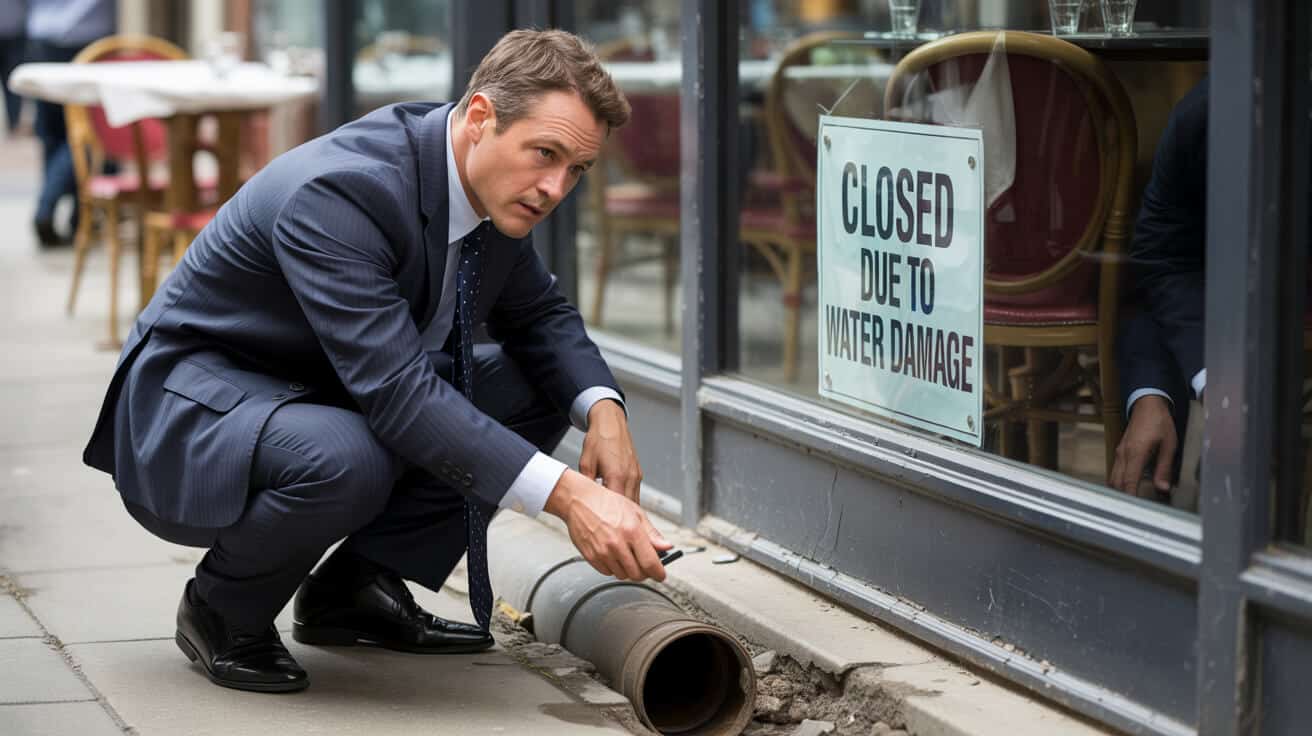
Ask any landlord who’s faced an inspector’s question about Legionella, and you’ll sense the tension. Gone are the days when a “tick-the-box” policy did the trick. With stricter awareness, councils and insurers expect to see annual, independently certified Legionella assessments—with concrete action to back up each report.
Legionella risk isn’t theoretical. It’s triggered by as little as a rarely used guest en suite or a flat standing empty for a few weeks. Fail to flush taps, set temperatures out of range, or miss a single pipe run, and you could court problems from fines to litigation.
What Works (And What’s Legally Required) in 2025?
- Independent, signed annual Legionella risk assessments: —done after every major change in boilers, tenants, or pipework *(hse.gov.uk)*.
- Routine flushing of underused systems: —run all outlets, record each one, especially before new tenants move in.
- Temperature logs, with evidence: —cold taps under 20°C; hot above 60°C. Take photos or app logs for proof.
- Only accept certificates from approved third-party assessors: —DIY logs are no longer defensible in claims or audits.
When inspectors knock, clipboard paperwork doesn’t cut it—they want photos, engineer sign-off, and real steps to control risk.
Why Past Luck Doesn’t Guarantee Future Safety
Missing a routine or relying on chance no longer just results in a warning. Expect:
- Fines that stack per missed check or cold outlet: —not per property, but per failure.
- Recovery of all council-incurred emergency costs plus admin fees: if they step in.
- Widespread “rogue landlord” public registry listing: , which blocks new lets, influences insurance rates, and tarnishes reputations.
The cost of professional Legionella control is a fraction of what one emergency can trigger. Investing in the right routines keeps compliance as an asset rather than an afterthought.
Can You Still Use “Just Any Part”? The WRAS Standard Moves to Centre Stage

Product and installer standards are under relentless scrutiny. 2025 sees enforcement swung behind WRAS and WaterSafe with new tenacity. Sourcing discount parts or using non-accredited trades is a direct invitation for fines, failed insurance claims, and council-mandated remediation. The days of “it’s the same as the branded version” have been retired.
Why Only WRAS-Approved and WaterSafe Parts Cut It
Every material, from the pipe behind the cooker to the mixer tap on the kitchen sink, must show WRAS or WaterSafe accreditation—otherwise, inspectors don’t even consider your intent.
- WRAS compliance is a legal gatekeeper: —missing labels, absent receipts, or outdated product codes are immediate red flags.
- Engineer credentials carry equal weight: —installer must hold up-to-date WaterSafe or G3 paperwork for major components, especially cylinders and primary supply.
- Component, part, and installation photos go in your compliance deck.: These speed up audits and shut down disputes.
Legacy plumbing, DIY fixes, or untraceable parts are liabilities. Today’s compliance officer can scan a QR code—or open an app log—faster than any paper certificate can explain an oversight.
Counting the Real Cost of Shortcuts
Short-term savings on parts or unqualified fitters are wiped out by:
- Instant compliance failure with non-approved gear.:
- Insurance penalties or outright denial if records don’t match the parts.:
- Loss of letting licence or forced upgrades for hidden or non-standard work.:
Keep every validation, document each decision, and elevate compliance above the minimum. Your income and insurability depend on it.
What Does Awaab’s Law and Emergency Compliance Really Mean in Practice?
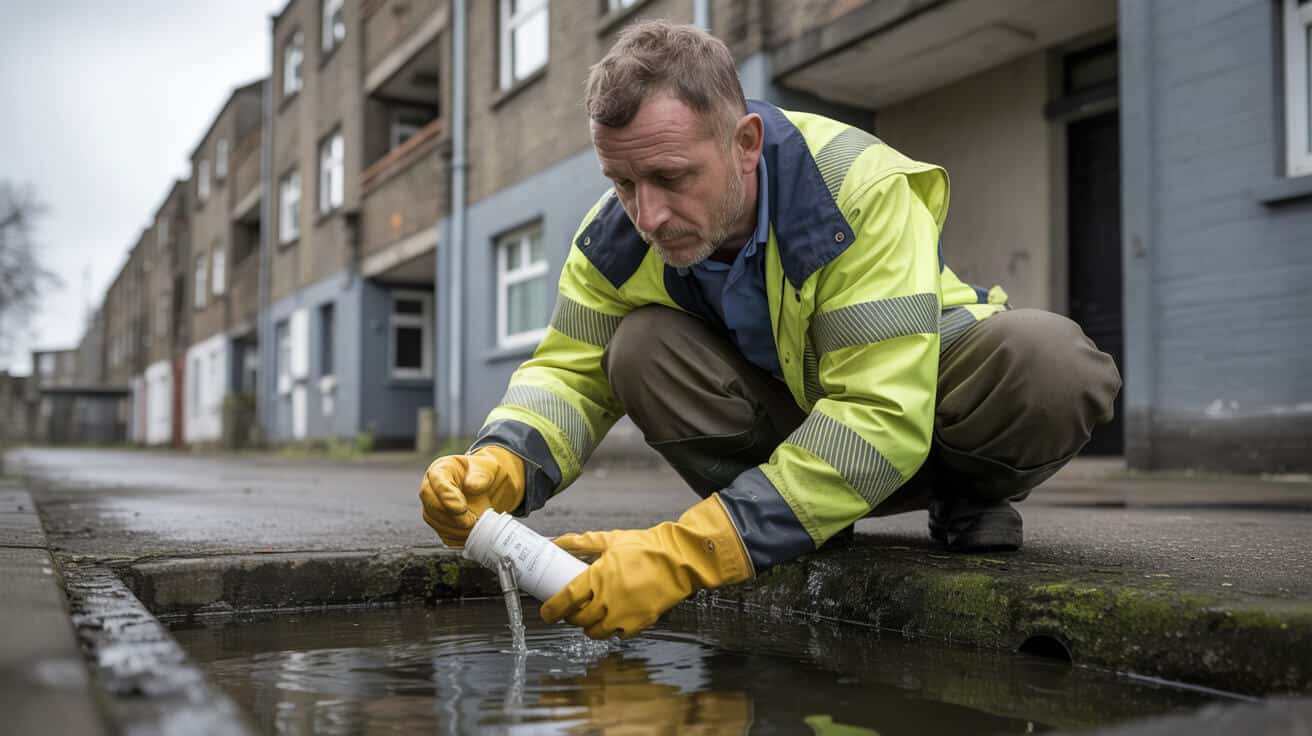
Awaab’s Law takes the concept of compliance and puts it on a stopwatch. There’s no more insulation in excuses—landlords of every type must now prove not only speed, but documentation and closure on every water-related incident. That “noted and scheduled”-style response is gone; today, each case is a test you have to pass in full view of both your tenants and enforcement bodies.
Moving from Paper Promises to Action-Proof Compliance
- 24-hour maximum to initiate repairs: for leaks, visible damp, or suspected mould.
- Photographic and written records for every incident: —including before/after images, checklists, and signed engineering reports.
- Health-impacting issues, such as odours or suspected slow leaks, require resolved action within 10 days.:
Compliance now means fixing the problem and documenting the fix. If you miss the timeline—or fail on paperwork—it’s your wallet, not your tenant’s, that suffers.
What Happens If You Don’t Meet the Standard?
- Fines upwards of £7,000—applied per incident, not per property: *(jonesandquinn.com)*.
- Council-initiated repairs, billed directly—plus the cost to relocate tenants if the system is judged unsafe.:
- Insurance premiums spike—or coverage withdrawn entirely.:
- Rogue landlord registry status—instantly impacting your future letting ability.:
Shrinking window, higher risk. The only antidote is building a routine that closes loops before the authorities get involved.
Do Tenants and Councils Actually Spot Poor Compliance—Or Just Poor Communication?

In a world where anyone can whip out a phone and record their living conditions, transparency is more powerful than ever. Compliance lapses are rarely secret; the real failure is not communicating the steps you take, not proving to tenants (and councils) that you care enough to do things by the book.
How to Prove Compliance, Not Just Hope for It
- Share your compliance packs: —don’t wait for tenants or auditors to ask; offer digital logs and certificates up-front.
- Visual records visible to all: —QR codes, app dashboards, or simple PDFs keep everyone informed without confusion or mistrust.
- Clear labelling and emergency contacts: —so tenants know who to call, what to do, and where to look in a pinch.
Regular check-ins and walk-throughs aren’t just for peace of mind—they’re insurance against misunderstandings and disputes. Tenants and councils will reward visible, consistent effort far more than last-minute explanations.
Turning Process into Reputation
- Walk tenants through every system—at move-in, during annual checks, and after any fix.:
- Update compliance records after each action, and reinforce by showing tenants what safe, maintained systems look like.:
- Respond to problems before they’re complaints, and leave a paper (or digital) trail everyone can follow.:
Your openness builds trust, satisfies even the strictest inspector, and turns your portfolio into an asset, not a liability.
Is Your Compliance Routine Actually 2025-Ready? A Stepwise Landlord Checklist
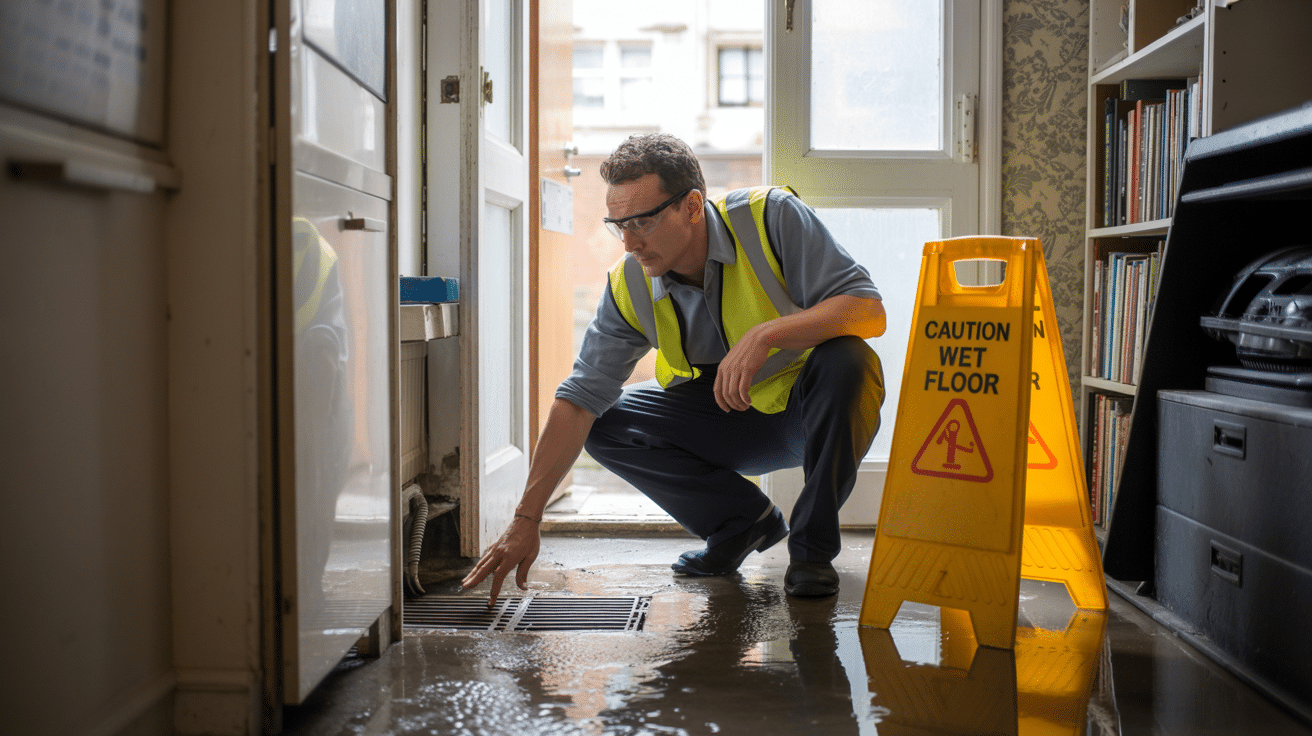
It’s simple: only systems, not intentions, can protect you in 2025. The successful landlord doesn’t just react; your edge is in moving methodically, logging everything, and leaving no step unrecorded.
The “Always-Ready” Checklist for Modern Landlords
- Log every fix: —who, what, when, where, and outcome.
- Use only accredited fitters and parts: —be ready to show certificates with a tap, swipe, or binder.
- Take photos of all critical locations: —main stopcock, all isolation valves, storage tanks, new installations.
- Onboard tenants proactively: —hands-on demonstration, hard copy, and digital resources for emergency procedures.
- Run “emergency drills” at least once a year: —practice the pipeline from tenant call to resolution to logbook or upload.
- Keep your records “gapless”: —nothing should be missing or piecemeal, not even labels or receipts.
A system protects you, your tenants, and the long-term value of your assets—making stress, surprise, and non-compliance afterthoughts.
Why Plumbers 4U Is the Partner Landlords Need for 2025 Water Compliance
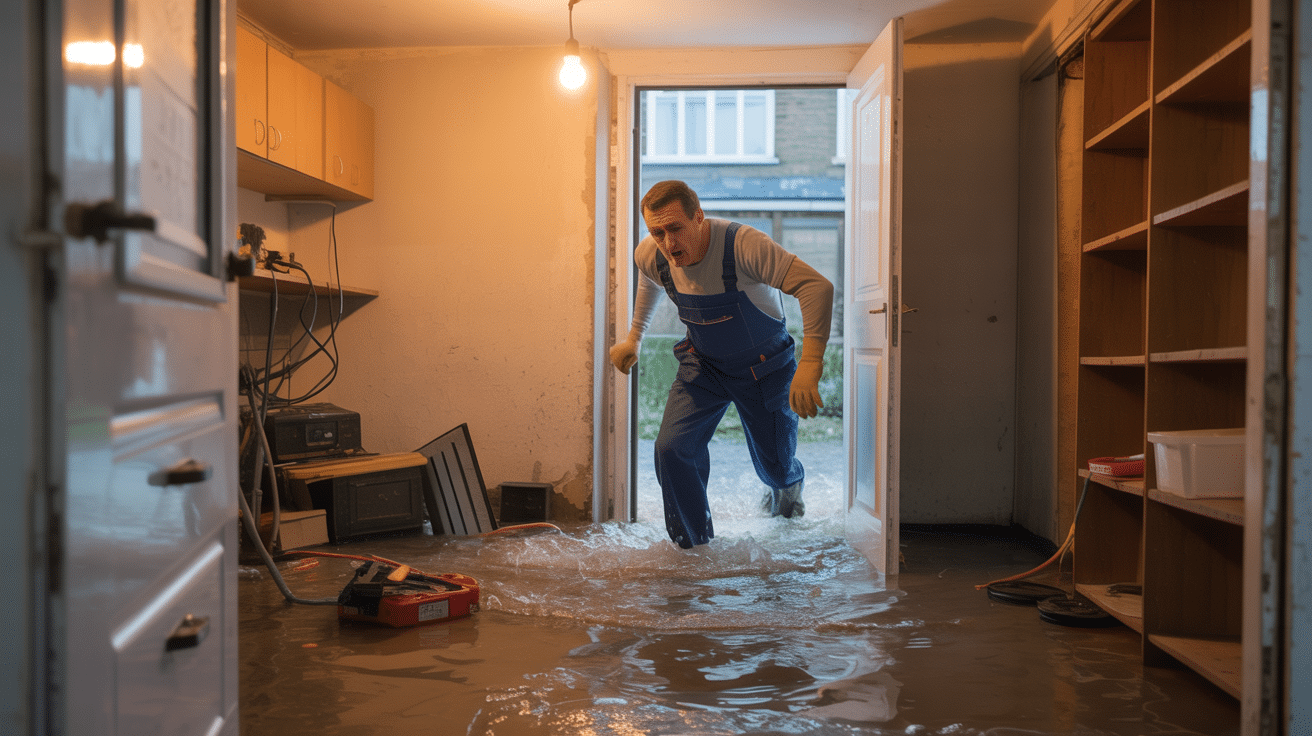
Plumbers 4U stands as the one-stop solution for landlords who want to get ahead of, not just keep up with, the water regulation tide. What sets us apart isn’t just technical skill—it’s a relentless commitment to visible, documented compliance and the extra mile our expert engineers bring to every step.
- Annual compliance audits with WRAS/G3 qualification, backed by transparent, digital and photographic records.:
- All repairs and upgrades include end-to-end documentation—delivered straight to your inbox or stored for you.:
- 24/7 emergency response: certified plumbers, equipped with the right parts, logging every step as they go.:
- Handover and onboarding aren’t rushed—every valve, every system, explained, labelled, and photographed.:
- Centralised documentation platform—control your maintenance, compliance, and emergency history from one dashboard.:
Landlords who document fully don’t scramble at audits—clear, evidence-led routines mean confidence for you and assurance for your tenants.
With Plumbers 4U, you protect your investments, your income, and your reputation—in a world where those assets are only as real as your records.
Secure Your 2025 Compliance with Plumbers 4U Today
The path forward is clear: swift, documented action and partnership with accountability-focused professionals keep you a step ahead. With Plumbers 4U, you gain not only expert plumbers certified to the highest UK standards, but also a digital, traceable compliance routine built around your property’s needs.
Don’t wonder if your last repair or audit is compliant: know it. Don’t wait for a surprise inspection or a midnight call to test your systems—rest assured every piece is labelled, logged, and defensible when needed.
Choose a partner trusted to deliver WRAS, WaterSafe, and G3-certified outcomes. Secure your income, your insurance, and your tenants’ safety. With Plumbers 4U, every box is ticked, every risk is managed, and your compliance is a selling point—not just a hurdle.
Frequently Asked Questions
What will fundamentally change for UK landlords’ water safety compliance in 2025?
Starting in 2025, every UK landlord will need a water safety system that is visible, engineer-backed, and audit-ready at all times. Gone are the days where “reasonable steps” or an annual boiler check kept you comfortably compliant. Now, you’re expected to keep a digital (or signed paper) record of Legionella checks, WRAS-certified part instals, G3-engineer visits, and every tenant or agent communication about water-related risks. These aren’t just best practices—they are enforceable under Awaab’s Law, the Renters’ Rights Bill, and new Health & Safety Executive guidance.
For every tenancy, you must clearly time-stamp risk reviews, log written evidence for each remedial action, and be able to produce this audit trail within hours if requested by a tenant, council, or insurer. It’s a massive shift from reactive fixes to proactive, predictable management—one driven by sharply increasing penalties and a “prove it or lose it” enforcement model.
The difference between worry and confidence is having every certificate and engineer’s note ready before anyone asks.
How will these rules affect HMOs, flats, and single-family homes?
All rental property types—house, flat, HMO, even a single bedsit—must now meet the same baseline. HMOs and managed flats face additional licencing and a higher rate of random council checks, but don’t bank on exemptions: the 24-hour repair and annual log requirement is universal.
- All landlords: Must record 12-monthly Legionella reviews, WRAS-compliant part swaps, and tenant-facing risk guides.
- HMOs/multi-unit: Expect increased spot-checks, council-led audits, and accelerated response time scrutiny, especially for shared system failures.
How is compliance shifting from “effort” to “evidence”?
Landlords can no longer lean on good faith or vague log entries. The new compliance model is digital and traceable—councils, insurance assessors, and even tenants will judge you by your documentary evidence, not your claims of effort. This means scan-and-archive routines, live-update logs, and engineer certifications that withstand direct audit.
What’s triggered this overhaul?
Pressure for reform arose from tragic cases like Awaab Ishak’s, worsened by patchy documentation and slow responses. Now, automatic spot fines, public registers, and the power for councils to conduct repairs at a landlord’s expense are ushering in document-first compliance.
How will Awaab’s Law and the Renters’ Rights Bill reshape landlord response and documentation duties?
Awaab’s Law and the new Renters’ Rights Bill redefine what “timely” means—for water leaks, mould, Legionella risk, or hygiene failures, you’ve now got one business day to demonstrate action. This legally binding timer starts from any notification: text, phone call, app message, or email. If you wait, or fail to log proof, you’re in breach, and penalties can begin without any actual harm occurring.
Say a tenant messages with evidence of a leak or complaints of mould. Within 24 hours, you must have:
- Logged the incident with time-stamped details and photos.
- Contacted a qualified engineer or issued containment instructions (e.g., stopcock shutoff).
- Sent a written acknowledgement to the tenant, preferably by SMS or email, for automatic timestamping.
- Updated your audit log or compliance app, ready for council inspection or insurance review.
Every response, from isolation valves to engineer callout, is now a documented, defensible sequence.
What counts as a compliant “first response”?
- A photo or video acknowledging the issue sent to the tenant and logged for the council.
- Evidence of system isolation, basic containment (e.g., bottled water, temporary heater), or immediate repairs where safe.
- Clear appointment with a G3- or WaterSafe-certified plumber/engineer.
- Digital records updated daily.
What about ongoing issues or repeat hazards?
Repeated breaches or failure to provide records escalate quickly—councils can take over repairs, bill you directly, and even list you on a public register, affecting your reputation with agents, tenants, and lenders.
Which common mistakes no longer fly?
- “I didn’t see the email.”
- “We’ll look at it next week.”
- “Verbal update only, no file record.”
- “DIY fixes or uncertified parts replacing.”
All these now trigger review, enforcement, or penalty by default.
What documentation and records must a UK landlord keep to pass an audit in 2025?
Every landlord now needs a live, organised compliance file covering Legionella, WRAS approvals, and G3-certified cylinder or high-risk works—plus logs for every repair, tenant communication, and audit check. DIY logs or receipts no longer satisfy insurance or council standards.
Core 2025 documentation list:
- Annual Legionella risk certificate: (by G3- or WaterSafe-certified engineer).
- WRAS proof: for every new tap, valve, WC, or pressure vessel installed—either digital certificates or photos of approval markings.
- Unvented cylinder logbook: with each service, parts change, and discharge test signed off by a G3 engineer.
- Incident and repair record: , time-stamped, showing who was involved, the fix timeline, and communications chain.
- Tenant onboarding pack: recorded at move-in, proving advice on stopcock location, emergency contacts, and hazard reporting.
| Document | Required Update | Auditor/Recipient | Storage Period |
|---|---|---|---|
| Legionella certificate | Annually | Council/Insurer/Tenant | 2 years |
| WRAS part approval | Every instal | Council/Insurer | 2 years |
| Service logbook | Every repair/review | Council/Insurer | 2 years |
| Onboarding record | Move-in | Tenant/Council | 1 year post-tenancy |
A missing file is now a missing fix—ready evidence is your shield.
What’s the simplest way to maintain these records?
- Choose a compliance platform that scans, sorts, and retrieves documents instantly (many are included with Plumbers 4U’s services).
- Bundle compliance checks—combine Legionella, unvented, and WRAS service in one visit and keep all logs on one cloud platform.
- Train your tenants in reporting hazards and the basics of stopcock operation—that onboarding file is now an audit requirement.
What specific penalties and risks threaten non-compliant landlords from 2025?
New rules mean missed documentation and slow action now carry steeper, stacked penalties. Civil fines for even a first-time paperwork gap start at £7,000 and can reach £40,000 or more if a pattern is found. Importantly, your insurance may also be voided for missing engineer certificates or WRAS logs, with rejected claims for floods, water damage, mould, or Legionella outbreaks—even if the property was otherwise safe.
| Breach | Penalty Range | Add-on Risks |
|---|---|---|
| Missing Legionella/G3 log | £7,000–£40,000 | Rent repayment, insurance refusal |
| Unapproved parts | Up to £20,000 | Council injunctions, rent clawback |
| Delayed repair | Daily fine, tribunal repayment | Public rogue-listing |
| DIY or uncertified fix | Immediate fine, failed audit | Council-directed repair at cost |
- Rent repayment orders: Tribunals can order up to 2 years’ rent be paid back to tenants where prolonged hazard or failed audit is found.
- Council recharges: Right to repair and bill, with uplift, now fast-tracked if you’re unresponsive.
- Reputation and letting impact: Non-compliance now shows on public registers and third-party rating sites, stalling mortgages, refinancing, or agent onboarding.
- Insurance claim blocks: Insurers check WRAS log and engineer certificates on all water- or damp-related claims—no valid document, no payout.
No proof, no protection. The barrier to compliance is organisation, not cost.
Can a landlord still “fix after the fact”?
Only with prompt, documented action. Mitigation (like supply-chain delays) must be time-stamped and proven, and your communications with tenants must be continuous and retrievable. Tacit or delayed “back fixes” are treated as offences, not remediation.
How can landlords future-proof annual water compliance with minimal hassle?
Routine, automation, and bundled service partners are the new secret weapons. The most successful landlords in 2025 are streamlining compliance: they pre-book annual engineer checks, keep a digital master folder, and distribute checklist-driven onboarding cards to tenants. Instead of reacting under pressure or searching for a lost certificate, they treat audit-readiness as part of quarterly maintenance and use cloud logbook platforms (like those provided by Plumbers 4U) to store, timestamp, and remind on every duty.
Stepwise annual routine:
- Book compliance visits: Lock in your G3, Legionella, and WRAS reviews at the start of the year.
- Digital logbook: Archive every certificate, repair, tenant message, and engineer note by date/property—accessible on demand.
- Tenant onboarding pack: Provide instructions for emergency cut-off, reporting, and compliance proof at move-in, then log the record.
- Manage updates and alerts: Subscribe to council, Plumbers 4U, or WaterSafe compliance newsletters for live law and standards updates.
- Review and renew: Every certificate, tenant change, or incident triggers a refresh—immediate action, not paperwork lag.
Compliance used to be reaction—now it’s scheduled, live, and practically invisible to you and your tenants.
What about compliance costs versus risks?
Routine compliance for most single-occupancy homes averages £300–£500 per year—covering all certificates, logs, and onboarding. By contrast, a single fine, rent repayment, or lost insurance claim can cost 10–100 times that. Automation and bundled packages (e.g., audit and logbook in one via Plumbers 4U) often outweigh the risk―and save time, too.
Where can landlords find trusted, up-to-date water compliance guidance and engineer support?
The safest path is to use only recognised, regularly updated sources for standards, audits, and templates. Downloading old PDFs or generic checklists can leave you open to audit failure—what matters is proven, live resources:
| Resource | Supplies | Easy Access |
|---|---|---|
| gov.uk/PRS | Landlord compliance law, timelines | www.gov.uk/government/publications/landlord-and-tenant-rights-and-responsibilities-in-the-private-rented-sector |
| HSE | Legionella/Hygiene audit guides | www.hse.gov.uk/legionnaires/legionella-landlords-responsibilities.htm |
| WRAS | Approved parts, labelling database | www.wrasapprovals.co.uk |
| WaterSafe | Engineer/contractor directory | www.watersafe.org.uk |
| Jones & Quinn | Renters’ Rights Bill, penalties | www.jonesandquinn.com/renters-rights-bill-review-2025 |
| Plumbers 4U | Bundled service, logbook platforms | www.plumbers4u.co.uk |
Your audit routine is only as good as the source of your documents and the names on your engineer logs.
What practical steps keep you always-compliant, year after year?
- Set up a cloud-based compliance folder, sorted by property and date.
- Prefer platforms that connect directly to engineer certifications, digital reminders, and update feeds.
- Onboard every new tenant with a compliant, signed checklist and photo evidence.
- Use bundled engineer services (like Plumbers 4U) to combine Legionella, WRAS, and G3 logs, audit templates, and active law tracking in one go.
Being caught between “almost” compliant and “audit-ready” makes all the difference: in 2025, the win is preparation, not just intent.

